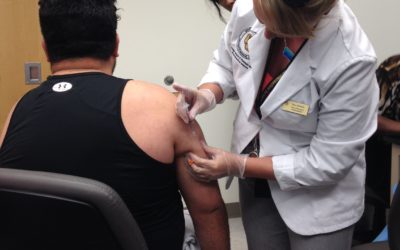Vuity (pilocarpine HCL ophthalmic solution) is the first and only eye drop on the market for a condition that affects nearly every adult over the age of 40, presbyopia. Presbyopia simply refers to the inability to adjust your focus to near from far. This starts to happen in most people over the age of 40, and progresses until the mid to late 60s. Until now, our only options for dealing with this age-related process were glasses and contacts. Vuity is here to change how we think about presbyopia, and manage it.
Also, read our blog about How to Select OTC Eye Glasses
Vuity works by constricting the pupil, the black part right in the center of the eye. This constriction acts like a pinhole, increasing a person’s ability to focus at different distances. Pilocarpine, the active ingredient in Vuity, has been around for decades with applications most often linked to glaucoma. Vuity is a less concentrated form of the traditional formulation. By decreasing the concentration, drug makers were able to achieve a visual benefit, while minimizing side effects.
Vuity is intended to be used daily in both eyes. The drop starts working in as little as 15 minutes, and the effects can last up to 6 hours. In the studies performed, participants were able to see three lines smaller after the drop than before. There were no significant adverse reactions during the studies, however a small portion of participants noted eye redness and headache.
Although Vuity is an exciting new drop, it is not a replacement for traditional reading glasses. Vuity does not magnify the small print like glasses, has its limitations, and people will still likely need some kind of reading lens to see the smallest of details. However, Vuity has the ability to lessen the need for glasses in most patients, and is a revolutionary step in how we view this all-too-common age-related eye condition. For more information about Vuity and if it may be right for you, talk to your doctor.
References:
https://www.ophthalmologytimes.com/view/fda-approves-eye-drops-for-treatment-of-presbyopia












